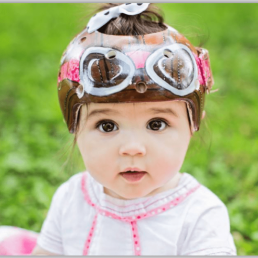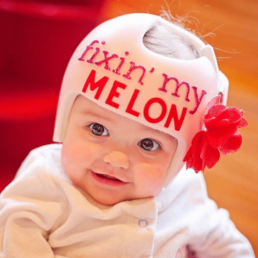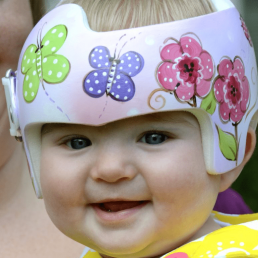Orthoses for toddlers
Sometimes the skull bones of infants are not well positioned, which can cause a deformation of the skull called plagiocephaly.
Measurement and moulding evaluation
Regular monitoring is necessary to achieve the best results, since the child's growth spurts are unpredictable. During the treatment, the orthotist will make several adjustments to improve the child's comfort and the helmet's effectiveness.
How the helmet works
The principle of the helmet is quite simple. It is important to understand that no pressure is applied on the child's head. Inside the helmet, cavities are practiced in the cushioning. We use natural growth spurts to guide the bones of the skull into the cavities. At each follow-up with the orthotist, the cavities are adjusted according to the growth surges. For this reason, it is essential to start treatment as soon as possible to increase the chances of success. It is between 4 and 9 months that the beginning of the treatment is recommended to deal with performance and accurately the child's disorder.
Tracking and adjustments
A regular follow-up is necessary to obtain good results, since the child's growth spurts are unpredictable. It is important, therefore, that the child be seen by the orthotist on a regular basis. It is normal for the specialist to make several adjustments during the treatment in order to improve the comfort of the child and the effectiveness of the helmet.
Helmet models
Plagiocephaly in many forms
There are several types of plagiocephaly and several degrees of deformation. To evaluate it, the orthotist first assesses your child’s skull. An analysis of the data will allow the orthotist to determine the head index or degree of deformity.
Diseases associated
Plagiocephaly
This deformation is defined by flattening on one side of the back of the head, which can affect the asymmetry of the forehead, face, and ears.

Brachycephaly
This deformation is characterized by localized flattening at the back of the head. Sometimes, it’s possible to observe a head shape that is wider than it is long.
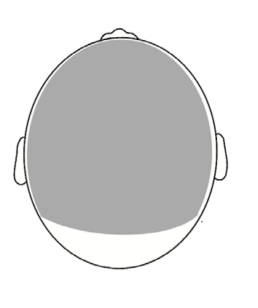
Scaphocephaly
This less common deformation is characterized by a longer and narrower skull. It is observed more frequently in children who have spent a lot of time in the intrauterine seated position or in neonatology services.
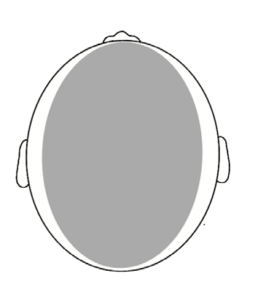
Schedule an appointment
Booking an appointment has never been so easy! Enter your last name, first name, phone number and date of appointment and our orthotists will contact you within 24 hours. (working hours)

